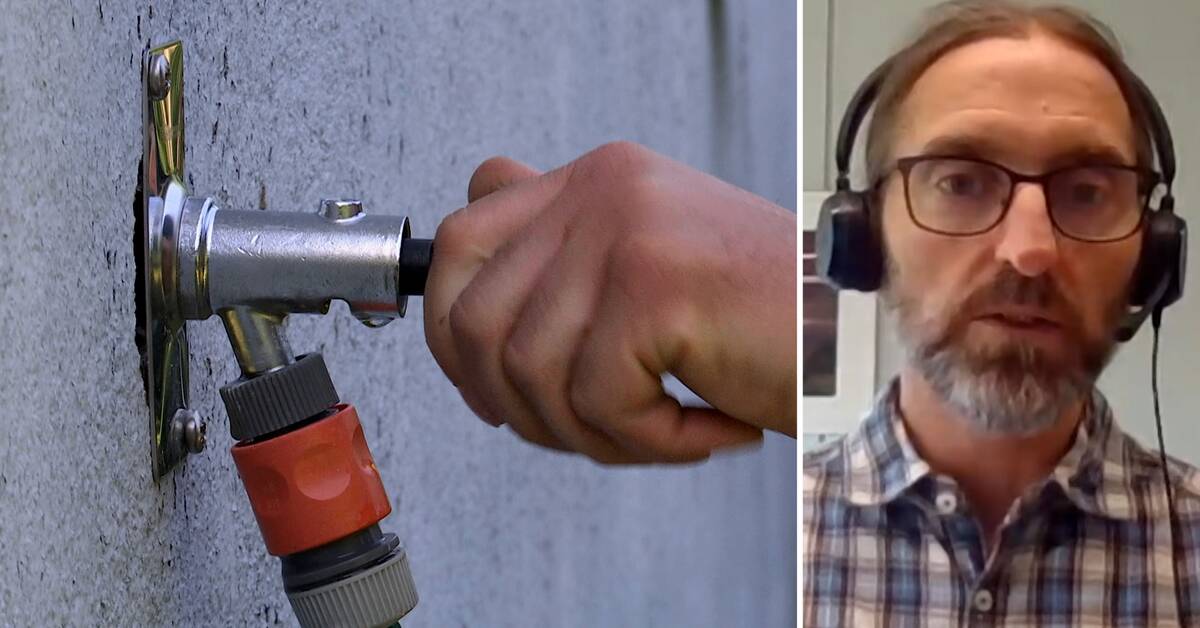Emån in Småland was hit by a severe drought this summer.
There is still an acute water shortage here, with a ban on water extraction and a ban on irrigation in a number of municipalities along the catchment area.
And it is still dry in many places in the country even though the autumn rains have started.
- We really don't say the danger is over yet.
We expect this emergency situation in south-eastern Sweden to last at least October.
Maybe the rest of the year, depending on how much it rains, says Irene Bohman, director of water management at the Water Authority for the Southern Baltic Sea Water District.
Much below normal
SMHI has snapshots of the water flow in watercourses in Sweden, compared to how it looked on the same day 30 years ago.
Large parts of south-eastern Sweden are red, that is, much below normal.
And the risk of drought is increasing due to climate change.
- We must both reduce our climate impact and also prepare and adapt society for the climate impact that is already underway, says Erik Engström, climatologist at SMHI.
"Quick investigation wastewater recycling"
Voices are now being raised for the control of water in Sweden to be tightened.
The industry organization Swedish Water, which brings together all of Sweden's municipal water and waste water companies, is now demanding both a water coordinator under the government and a rapid investigation into the reuse of waste water.
In addition, they want to see the possibility of water rationing and tougher action against those who violate irrigation and withdrawal bans.
- If we get a shortage situation where you cannot get water to sensitive industries or hospitals, or to households for drinking, and a neighbor fills his pool without consequences - that is completely unreasonable.
We have to review who really needs water and how we distribute it, and the consequences if you don't take care of yourself, says Pär Dalhielm, CEO of Swedish Water.

